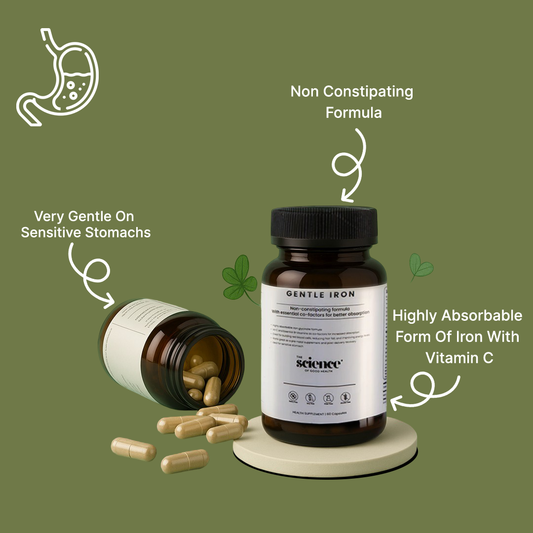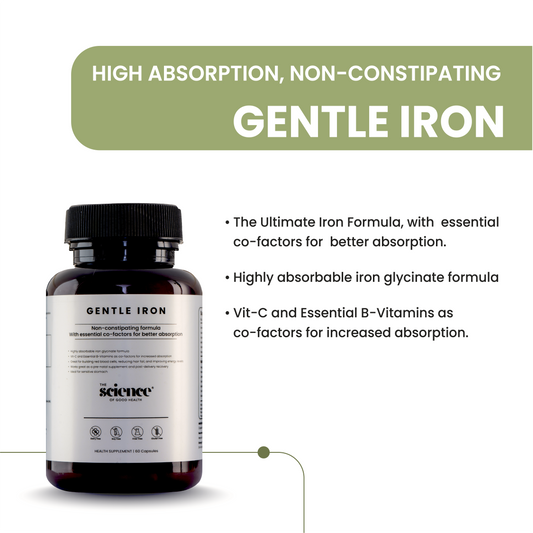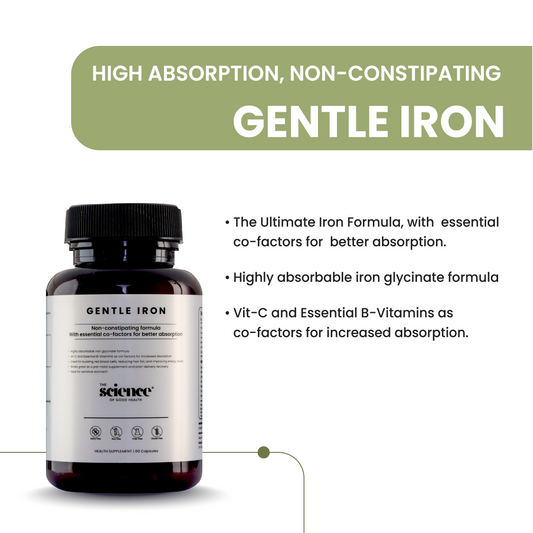PCOD, or Polycystic Ovarian Disease, affects millions of women worldwide, often causing hormonal imbalance, weight gain, irregular periods, and mood swings. One of the most effective ways to manage these symptoms naturally is through exercise for PCOD problem. Regular physical activity helps regulate insulin, burn excess fat, reduce stress, and balance hormones.
In this comprehensive guide, we will cover the best exercises for PCOD, workouts to avoid, a weekly routine, and lifestyle strategies that enhance the effectiveness of exercise for PCOD problem. By following this guide, you will learn how to take a structured and holistic approach to managing PCOD and improving overall well-being. The right exercise for PCOD problem can empower you to regain control over your body and feel healthier every day.
Understanding PCOD and Exercise
Polycystic Ovarian Disease (PCOD) is a hormonal disorder characterized by irregular menstrual cycles, cysts in the ovaries, insulin resistance, and elevated androgen levels. While medications may help control symptoms, consistent exercise for PCOD problem is crucial to managing the root causes naturally.
Why Exercise is Crucial for PCOD
-
Hormonal Balance: Regular physical activity helps reduce excess androgen levels while promoting estrogen and progesterone balance.
-
Insulin Regulation: Exercise increases insulin sensitivity, reducing blood sugar spikes that worsen PCOD symptoms.
-
Weight Management: Exercise, especially when combined with a healthy diet, helps control abdominal fat, a key contributor to PCOD complications.
-
Mood and Energy Boost: Physical activity stimulates endorphin release, helping reduce stress, anxiety, and fatigue.
Scientific studies consistently show that women who include exercise for PCOD problem in their daily routine experience improved hormone regulation, better energy levels, and more consistent menstrual cycles.
Best Exercise for PCOD Problem
Choosing the right form of exercise is vital for managing PCOD effectively. Here’s a detailed breakdown of the most beneficial exercises:
1. Cardio Workouts
Cardio is essential for burning calories, improving heart health, and enhancing insulin sensitivity. Ideal options include:
-
Walking: 30–45 minutes at a moderate pace, daily or at least 5 times a week. Walking is low-impact and reduces stress without overtaxing the body.
-
Cycling: Stationary or outdoor cycling 3–5 times weekly helps burn calories and strengthens lower body muscles.
-
Swimming: Full-body, low-impact exercise that is gentle on joints and effective for improving cardiovascular fitness.
Cardio sessions support exercise for PCOD problem by improving insulin levels and promoting weight loss.
2. Strength Training
Strength training builds lean muscle mass, increases metabolism, and improves insulin sensitivity. Recommended exercises include:
-
Squats, lunges, and push-ups
-
Resistance band workouts
-
Free weights targeting major muscle groups
Aim for 2–3 strength training sessions per week. This form of exercise for PCOD problem not only helps with weight management but also boosts hormonal health by enhancing metabolic function.
3. High-Intensity Interval Training (HIIT)
HIIT involves short bursts of high-intensity activity followed by periods of rest. Benefits include:
-
Efficient fat burning
-
Boosted metabolism
-
Improved insulin regulation
Precautions: Avoid overdoing HIIT, especially if overweight or fatigued, as it can raise cortisol levels, potentially worsening PCOD symptoms. Moderate HIIT, 1–2 times per week, is sufficient for most women.
4. Mind-Body Exercises
Stress has a direct impact on hormones, particularly cortisol, which worsens PCOD. Mind-body exercises can help:
-
Yoga: Improves flexibility, reduces stress, and supports hormonal balance.
-
Pilates: Strengthens core muscles and improves posture while reducing abdominal fat.
-
Tai Chi: Calms the nervous system and promotes mental well-being.
Integrating these exercises ensures a holistic approach to exercise for PCOD problem, supporting both physical and mental health.
Exercises to Avoid with PCOD
Not all workouts benefit PCOD. Some can worsen symptoms if done excessively:
-
Overtraining: Long, intense sessions without recovery increase cortisol, disturbing hormone balance.
-
Excessive HIIT or high-intensity workouts: Can lead to fatigue and hormone disruption.
-
Crash fitness routines: Extreme calorie restriction combined with intense workouts can negatively affect metabolism and menstrual cycles.
For sustainable results, the focus should be on exercise for PCOD problem that balances intensity, duration, and recovery.
How Often Should You Exercise for PCOD?
Consistency is more important than intensity. A balanced weekly plan might include:
-
Cardio: 3–5 days per week, 30–45 minutes per session
-
Strength Training: 2–3 days per week, 30–40 minutes
-
Yoga/Pilates: 3–4 days per week, 20–30 minutes
-
Moderate HIIT: 1–2 days per week, 15–20 minutes
Regularly practicing exercise for PCOD problem helps regulate insulin, control weight, and improve mood over time.
Complementary Lifestyle Habits
1. Diet
A diet that supports PCOD includes:
-
Anti-inflammatory foods: leafy greens, berries, turmeric
-
Low-glycemic foods: oats, quinoa, legumes
-
Minimizing sugar and refined carbs
A proper diet complements exercise for PCOD problem by controlling weight and reducing inflammation.
2. Gut Health
A healthy gut supports hormonal regulation:
-
Include probiotics: yogurt, kefir, fermented vegetables
-
Eat fiber-rich foods: whole grains, vegetables, fruits
-
Avoid unnecessary antibiotics
3. Stress Management
Stress elevates cortisol, which worsens PCOD. Stress-reducing practices include:
-
Meditation and mindfulness
-
Deep-breathing exercises
-
Light stretching or yoga
Combining these habits with exercise for PCOD problem maximizes results and supports holistic health.
PCOD-Friendly Weekly Workout Plan
A balanced weekly routine for exercise for PCOD problem could look like this:
-
Day 1: Strength training (legs and arms)
-
Day 2: Yoga and breathing exercises
-
Day 3: Steady-state cardio (walking or cycling)
-
Day 4: Rest or light walk
-
Day 5: Moderate HIIT session
-
Day 6: Pilates or yoga
-
Day 7: Rest
This plan ensures recovery, supports hormonal balance, and improves metabolic health through consistent exercise for PCOD problem.
Expert Tips to Stay Consistent
-
Start gradually and increase intensity over time
-
Track progress: monitor energy levels, cycle regularity, and weight
-
Pair workouts with a nutritious diet and supplementation to support hormones, gut health, and inflammation reduction
Consistency with exercise for PCOD problem is key to achieving lasting improvements in health.
Conclusion
Exercise for PCOD problem is one of the most effective natural approaches to managing hormonal imbalance, insulin resistance, and weight issues. By choosing the right workouts, avoiding overtraining, and pairing activity with a supportive diet, stress management, and gut health, women can take control of their symptoms. Consistency is key, and a holistic approach ensures long-term improvement in both physical and mental well-being.
Your health journey doesn’t stop with exercise. The right nutrition and supplementation can amplify the benefits of exercise for PCOD problem. That’s where The Science of Good Health’s Ultimate PCOS Powder comes in, a carefully formulated blend of Myo-Inositol, D-Chiro Inositol, and Methyl Folate designed to:
-
Balance hormones naturally by supporting healthy estrogen and androgen levels
-
Promote fertility through improved ovulation and menstrual cycle regulation
-
Support clear skin & healthy weight by reducing acne, bloating, and insulin resistance
- Boost energy & mood with stable blood sugar support
Crafted with pure, high-potency, vegetarian ingredients, this supplement is suitable for women aged 15–50, whether or not they’ve been diagnosed with PCOS.
Take the first step today toward healing from within, with India’s first full-spectrum functional supplements brand, The Science of Good Health.
Read Our latest Blogs:
How to Control PCOD Problem Naturally | Natural Remedies for PCOD | Foods Good for Gut Health | Symptoms of Poor Gut Health | Best Fruit for Gut Health | Gut Health Diet | Best Medicine for Gut Health | Gut Health Powder | Best Juice for Gut Health |
Frequently Asked Questions
Q1. Can exercise cure PCOD?
Ans: Exercise cannot cure PCOD, but it is highly effective in managing symptoms, improving hormone balance, and supporting insulin sensitivity.
Q2. How soon can I see results from exercise for PCOD problem?
Ans: Most women notice improvements in energy, weight, and cycle regularity within 4–8 weeks of consistent exercise.
Q3. Is yoga enough for PCOD?
Ans: Yoga alone helps reduce stress and regulate hormones but combining it with cardio and strength training provides optimal results for exercise for PCOD problem.
Q4. Can I do HIIT every day?
Ans: No. Excessive HIIT may raise cortisol levels. 1–2 moderate sessions per week are sufficient.
Q5. Should I exercise during my period?
Ans: Yes, gentle activities like walking, yoga, or stretching are beneficial and can reduce menstrual discomfort.
Q6. What’s the best time to exercise for PCOD?
Ans: Morning workouts boost metabolism, but consistency matters more than timing. Choose a schedule you can maintain.
Q7. How does strength training help with PCOD?
Ans: Strength training builds lean muscle, increases metabolism, burns fat, and improves insulin sensitivity, essential for managing PCOD.
Q8. Can diet alone manage PCOD?
Ans: Diet helps, but combining it with exercise for PCOD problem is far more effective in controlling weight, hormones, and overall health.






